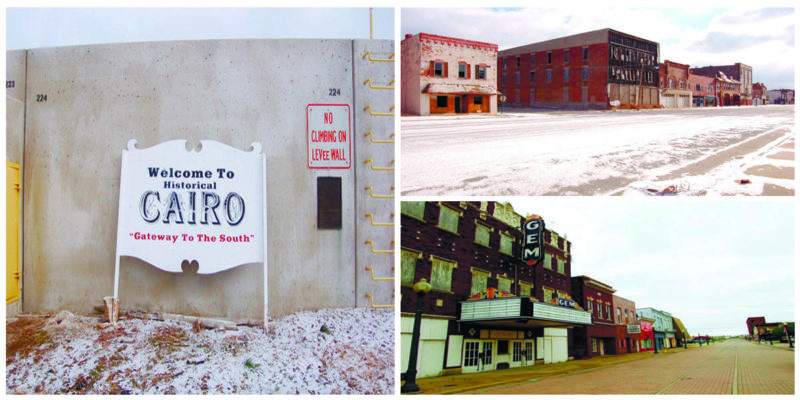Back in its days, it was a prosperous and promising town with a population of 15,000 people. Today there are barely 2,400 residents that remain and call this place home. The beginnings of this town are even more dark and gloomy.
It all begins with the Cairo City and Canal Company when in 1836 they built an embankment of significant size around the area in an effort to establish a town there. But their efforts were not so successful as few people wanted to settle there.
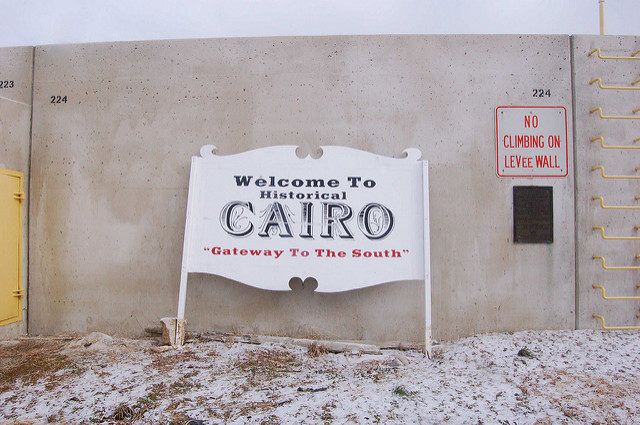
It was not a welcoming place, as matter of fact it was so disastrous that even Charles Dickens himself was disappointed by what he experienced there.
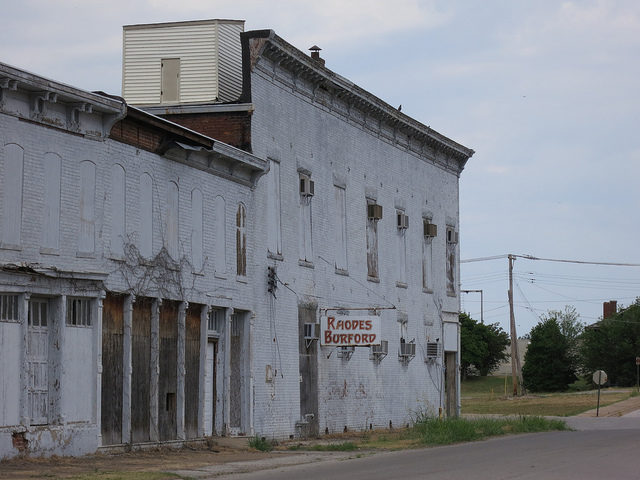
What he really felt one can truly understand by reading the book The Life and Adventures of Martin Chuzzlewit for Dickens use the town of Cairo Illinois as his main inspiration in creating the land of Eden in this novel.
The town kept growing throughout the years. During the Civil War, it even served as a place where General Ulysses S. Grant prepared his soldiers for the real bloodshed and eye to eye bayonet combat.
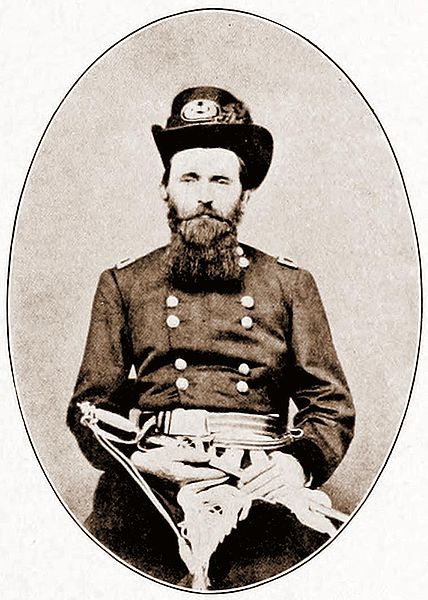
But when the Civil War was over, Cairo needed a way to sustain its economy. Pretty soon the railroad business started to flourish. Given the fact that this town is situated on the banks of the Mississippi and Ohio Rivers, the ferry ride looked like a reasonable idea for a business and with time became one the most vital industries of Cairo.
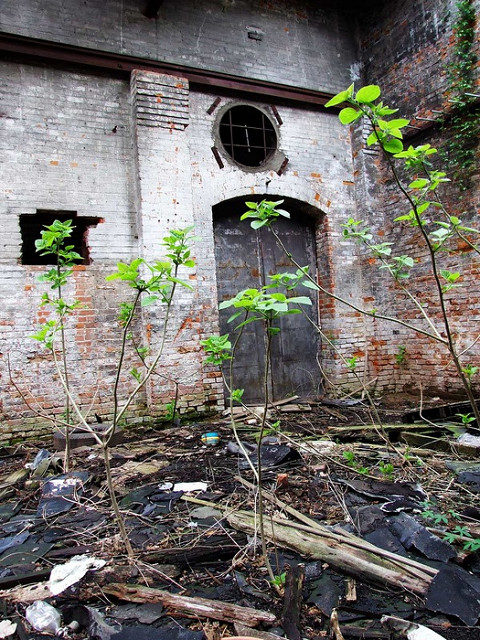
The reason why this business was so popular was the fact the Cairo was lacking bridges for both automobiles and train cars.
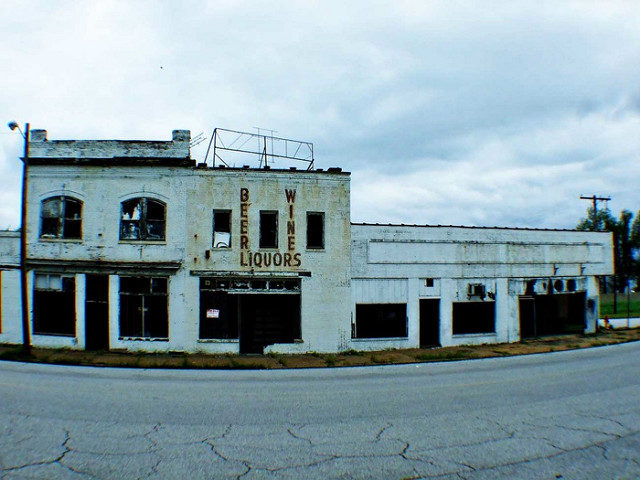
The location of the town made the possibility of flooding a major risk. The solution to this was to build a series of large walls. There was another solution that later ended as way too expensive for the for the economy of Cairo and that was to elevate the streets to a higher level.
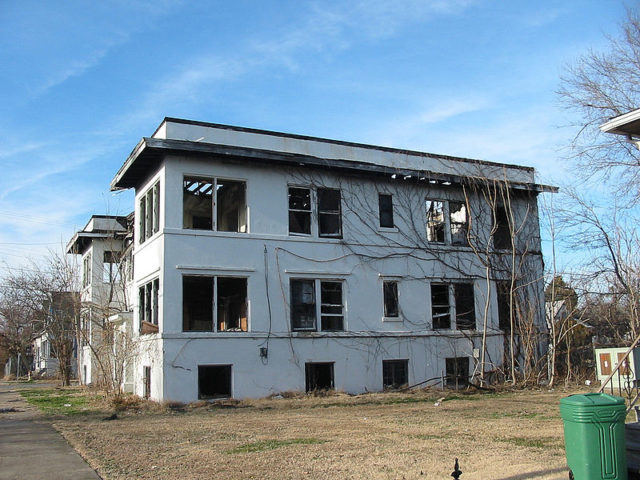
Years later to the arsenal of flood defenses the town of Cairo added the so called ‘Big Subway Gate’. The design belonged to the Stupp Brothers who constructed this gate so that the northern part of the embankment would be to be completely sealed and impenetrable.
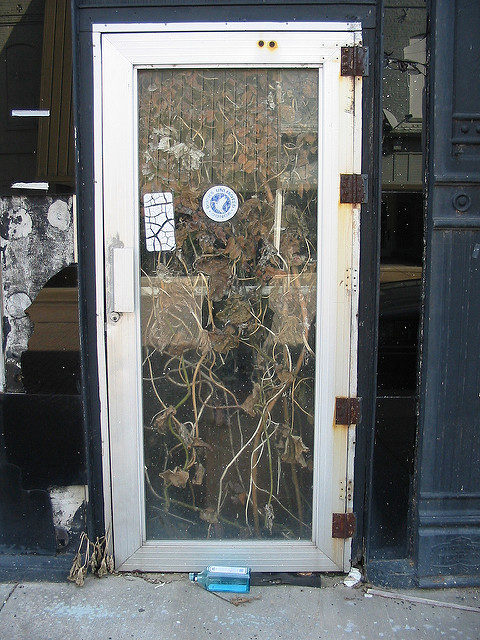
But the flood of 1937 proved that the height of the walls wasn’t sufficient enough, for almost 60 feet of waters flooded Cairo. This was a lesson for future engineers who by learning from previous mistakes made the walls to be taller by raising them to 62 feet.
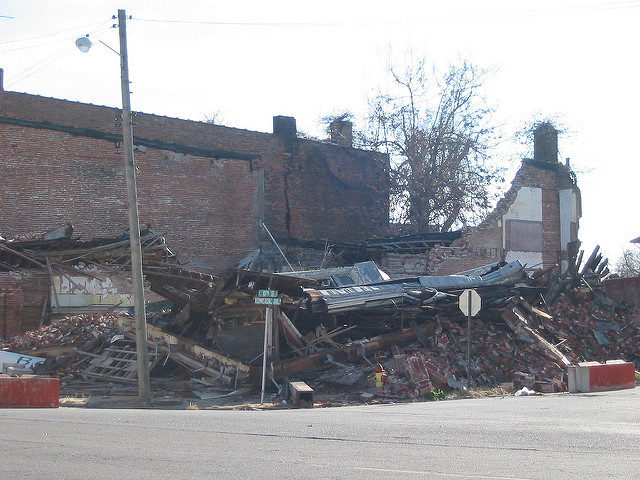
But the town of Cairo in addition to the threats of nature itself had other more human problems to take care of. During the prologue of the 20th century, the town of Cairo had a large number of African American residents, nearly 40% of the total population.
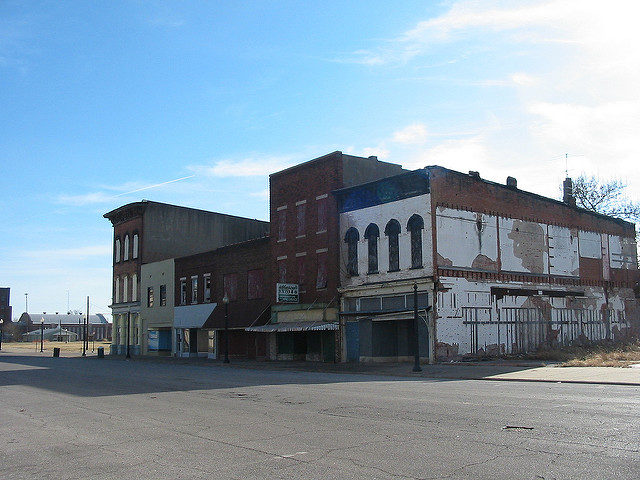
To some this was a major thing of concern for the racial issue was still a sensitive topic for conversation. And so on November 11, 1909, two men fell victim to an angry mob of 10,000 men. They were lynched and as an explanation, they offered the following facts. One of them was named William James (African American) and his crime was the murder of Anna Pelly, a Caucasian woman. The other was Henry Salzner (Caucasian male) and he made a sin by killing his wife.
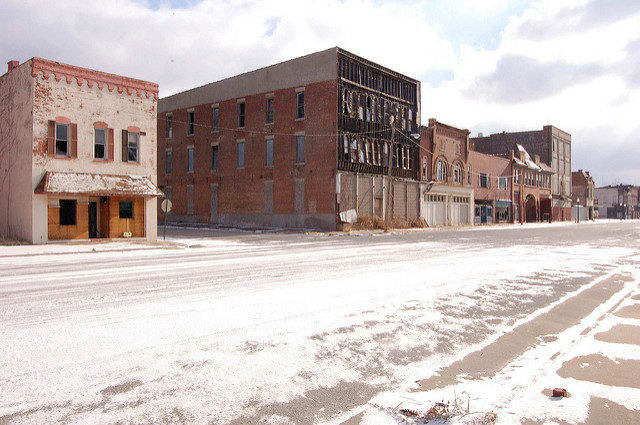
There was no evidence that proves that either William or Henry did the things they were lynched for. But nonetheless, William was shot and dragged to where he supposedly killed Anna. It was here that the mob chopped off his head, placed it on a top of a rod that was stabbed in the ground and set his body on fire.
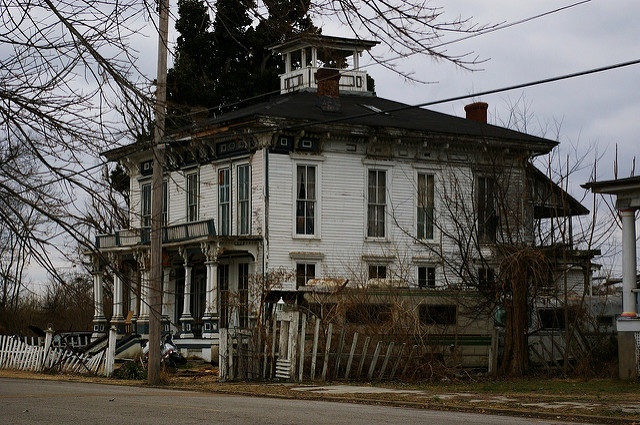
Henry, on the other hand, was only hanged and shot many times while he was hanging. With time the town of Cairo lost the grip on its economy. The reason as before were the bridges and this time it was their existence that caused the problems.

The number of automobiles grew and the need for train and ferry transport fell dramatically for the new bridges offered easier crossing over the rivers. As the economy kept sinking, so did the possibilities for employment which needless to say lead to poverty – and with poverty comes trouble and further racial turbulence.
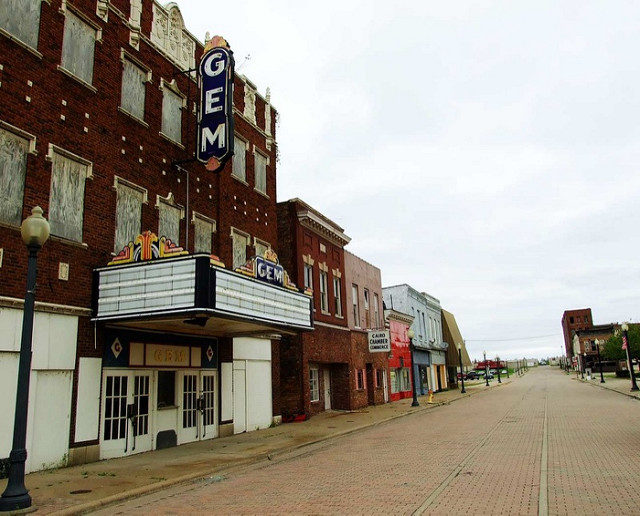
Due to the tensions caused by racial misunderstandings, many major businesses from Cairo had no other choice but to close. With time the population declined considerably. Today a large portion of this town is abandoned with the board up windows and doors, waiting for a brighter future.
